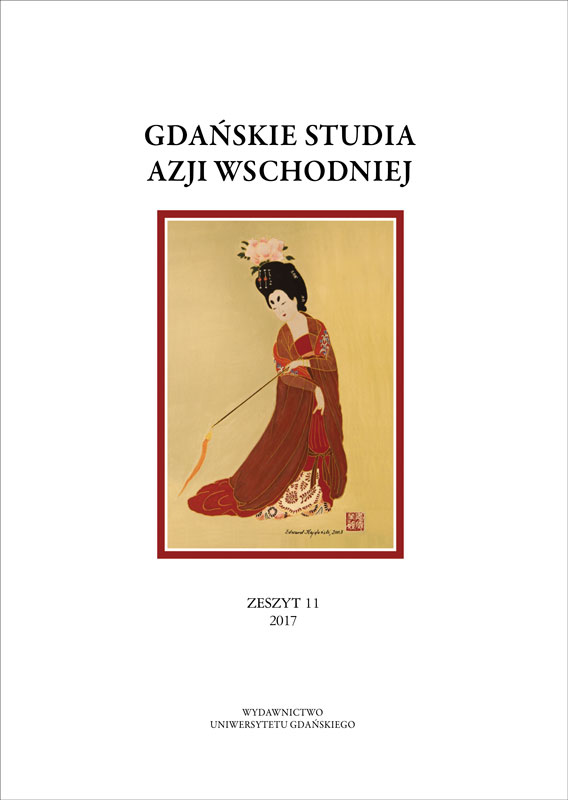Przemiany modelu rodziny a sytuacja ludzi starszych w Japonii u progu XXI wieku
Transformation of the family model and the situation of elderly people in Japan at the beginning of the 21st century
Author(s): Jacek SplisgartSubject(s): Family and social welfare
Published by: Wydawnictwo Uniwersytetu Jagiellońskiego
Summary/Abstract: The changes that took place in post-war Japan created a new family model. Pre-war Japanese families had generational character. The stem family structure incorporated a support network for elder people in households where at least three generations lived in a single house. Young people looked after parents after their retirement. It was strictly connected with the vision of the Japanese social welfare system (or with the lack of it). In the post-war period all fields of Japanese life were radically changed. The fast industrialization and the move of rural population to the cities, caused the change of the model of the family, from generational to nuclear. The progressing atomization of families influences the situation of the elderly. They are left without the care of children and government, and forced to form a new outlook on life after their retirement. However enjoying life after retirement is not yet a lifestyle appreciated by Japanese. Many man find it difficult to manage free time after their retirement. The unaccustomed fulltime presence of husbands at home often has a negative impact on family life. The martial stress, economic and health problems are causes by the Retired Husband Syndrome (RHS).
Journal: Gdańskie Studia Azji Wschodniej
- Issue Year: 2017
- Issue No: 11
- Page Range: 138-151
- Page Count: 14
- Language: Polish

